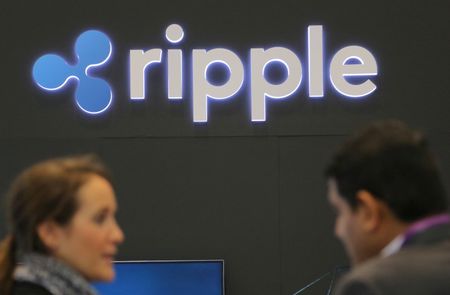The volatility risk premium (VRP) is the compensation investors receive for bearing the risk associated with fluctuations in market volatility, typically measured as the difference between implied and realized volatility. The VRP in equities has been studied extensively. However, relatively little attention has been paid to the VRP in other asset classes.
Reference [1] examined the VRP in different asset classes. It specifically studied the VRP in 18 different underlyings belonging to the commodity, fixed-income, and equity asset classes. The author pointed out,
This paper provides a focused review of the empirical finding that volatility risk premium can be used as a viable tool for volatility forecasting. Previous research has primarily focused on a limited set of assets, leaving gaps in our understanding. We are thus pioneers in analyzing this problem on a large number of markets, 18 in total. Our newly introduced RIV models, which adjust the current implied volatility for the volatility risk premium, exhibit the greatest forecasting effectiveness compared to IV and GARCH estimates…
As anticipated, the volatility risk premium was mostly positive across the majority of assets. Additionally, we demonstrate a connection between the magnitude of VRP and the trading volume of the underlying futures. Markets characterized by robust trading activity tended to generate positive VRP. Instances of negative VRP, observed in a few markets, are primarily associated with lower volumes in the underlying futures. This suggests that markets with lower trading volumes may lack the necessary depth to establish optimal option prices.
Briefly, the VRP is positive in most markets and is positively correlated with trading volume. Additionally, the VRP can be used to predict future realized volatility.
This is an interesting look at the VRP in different markets. We note, however, that just because the VRP is positive in a given market, it does not necessarily mean that PnL can be easily extracted without taking on too much risk. To earn a respectable risk-adjusted return in a given market, more research is needed.
Let us know what you think in the comments below or in the discussion forum.
References
[1] Štěpán Havel, Volatility Risk Premium Across Multiple Asset Classes, Charles University, 2024
Further questions
What's your question? Ask it in the discussion forum
Have an answer to the questions below? Post it here or in the forum

It was a Netflix documentary Michael Nantais watched during the early months of the pandemic that cemented his love of sustainable farming. Nantais, who grew up just outside of Montreal in Pointe-Claire, started experimenting in his mother’s backyard_ growing kale, cucumbers, and zucchinis for the…



